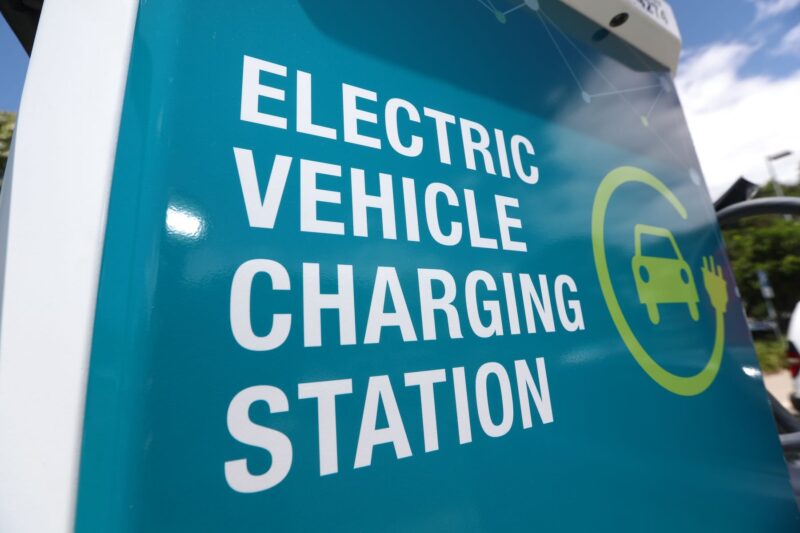Last week, a reader of The Driven Jim Fitzsimmons wrote in to suggest Australia’s growing network of EV charging stations needs better signage, not just to let EV drivers know where they can charge, but to make it clear to non-EV drivers that the charging network actually exists.
“The average non-EV driver would think there are no EV chargers at all, so badly signposted are EV Chargers,” James Fitzsimmons writes. And he has a point. EV chargers can be hard to find, even using apps like Plug share, particularly when they are located in car parks and shopping centres, or behind buildings. Petrol stations are never so bashful.
“Range anxiety remains a key concern of non-EV owners in my experience,” Fitzsimmons writes. “Every sign on a highway that indicates the services available at the upcoming exit (petrol usually being one) should, where appropriate, include the availability of an EV Charger – and possibly the number of chargers installed.
“If non-EV owners could see the charging spots advertised it could help to break down a key barrier.A further benefit might be that towns without EV charging might be encouraged to make sure they get one so that they do not miss out on tourist $ going to towns which do have the infrastructure.
“More signage in the city that alerts even people who are not looking for it that EV charging is available would also be helpful in getting the message out.”
And it seems that in the UK, at least, they have realised the same thing. A major new EV initiative, that includes big rebates for EVs in a car where one in every four new car sales is already electric, includes a multi-million pound project to boost signage for EV charging stations.
“There are more public chargers than people realise, but they are often hidden in plain sight,” said Edmund King, the president of AA. “Increasing signs for the public network is vital to help the EV transition as it will create confidence for drivers both now and in the future.”
Delvin Lane, the CEO of InstaVolt also said delivering official EV charging signage on the strategic road network improve consumer confidence and bolster EV adoption.
“Our opinion research suggests that the rollout of clear, official signage will make a significant difference—helping EV drivers easily locate public charging points while on the move, and reassuring those considering making the switch to electric vehicles.”
Ian Johnston, the CEO of Osprey, also said road signage would encourage drivers looking to make the switch. “Consumers need to see it to believe it.”
Back in Australia, Fitzsimmons suggests that big signs with the letters “EV” might be sufficient. “The number of charging ports installed at the location could be signified by that number, in smaller font, in the middle of the letters.”
Suggestions?

Giles Parkinson is founder and editor of The Driven, and also edits and founded the Renew Economy and One Step Off The Grid web sites. He has been a journalist for nearly 40 years, is a former business and deputy editor of the Australian Financial Review, and owns a Tesla Model 3.

